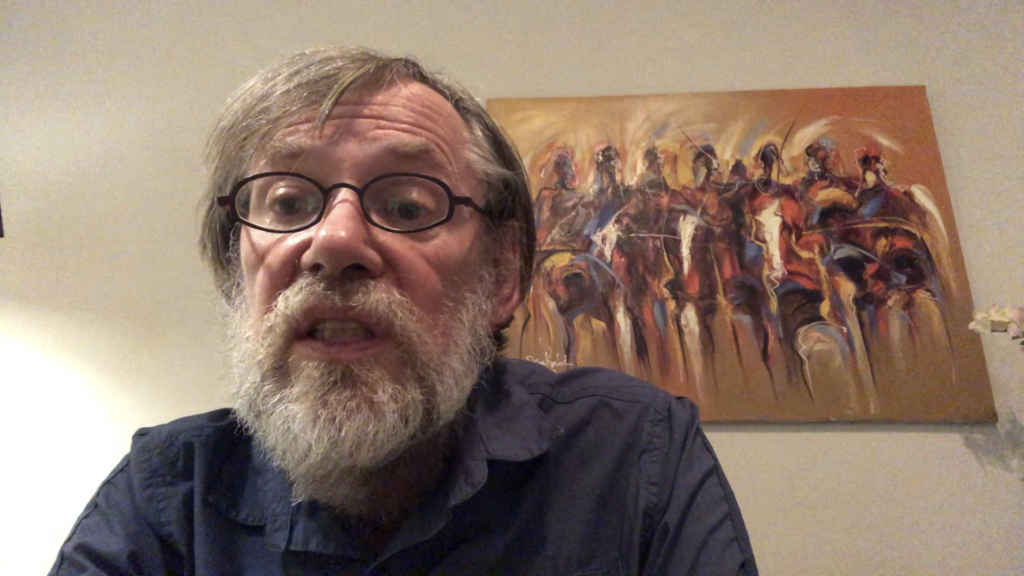You can download the full note “Questions & Reflections on SARS-CoV-2 & Covid-19 in sub-Saharan Africa” (work-in-progress, version 4) here, both in English and French:
Based in Kinshasa since a number of weeks, supporting the ‘Riposte corona’, I am trying to make sense of this unfolding pandemic, as all of you undoubtedly do too.
What seems increasingly clear to me, is that we have to face the looming possibility (reality?) that this virus and Covid-19 will not go away any time soon; maybe never. The virus seems unstoppable. It is spreading across the world, almost everywhere. It spreads at very different intensities, indeed, but no country seems to be spared. Transmission can be interrupted locally, as shown in Wuhan (with draconian containment measures, though, strictly enforced). But human-to-human transmission continues almost universally everywhere else. Moreover, the hope for reaching herd immunity any time soon seems rather illusive and acquired immunity is most probably quite imperfect (“maybe one or two years”).
This begs the question: What are we trying to do? Globally and locally?
There are several options and many sub-questions (not necessarily all mutually exclusive): Stop transmission of the virus? Slow transmission? Make the Covid-19 caseload manageable? Protect the vulnerable? Gain time till an effective treatment is available? Till a vaccine is ready? And can be deployed at sufficient scale? (and what is sufficient scale? 100s of millions? billions?).
We may have to think ahead, using various scenarios: e.g. if we accept that the virus is unstoppable, and will continue to circulate with continuous human-to-human transmission, how can we limit its impact, in a certain context. In each context there are knowns and unknowns. There is a known population structure, population density, with known mixing pattern, livelihood strategies, and known health system capacity. But there’s an unknown (unpredictable) transmission pattern; probably in waves, or with ups-and-downs. After considering different scenarios, there is a need to decide on the priority objective that can be reached in that particular context, and align efforts towards this goal.
This may require (1) strong adaptive leadership, from the highest level in that context; (2) a clear plan and strategies, focusing on the priorities decided in that context, involving all sectors; (3) convincing communication, to create trust and buy-in across society; (4) mobilisation or re-orientation of resources towards that overriding goal; with (5) due consideration for all other “essential services and functions” in society; and (6) for the health sector more specifically: to care for Covid-19 cases, and to continue all non-Covid essential health services.
It is easy to think about this, but extremely challenging to do it in any country. The media bombard us daily with stories illustrating how difficult this is in most societies, even in the richest countries. How much more difficult it must be then in many LMICs! Yet, life with SARS-CoV-2 might well be the new normal, at least for the foreseeable future. We may have to get used to the virus, try to tame it, and manage and transform accordingly. Or, at least prepare for the possibility to do so.
Even if we manage to eradicate the virus, it will be a useful exercise to prepare society better for a next viral pandemic. Do you remember WHO’s warning, that we had to prepare for “disease X”? Corona virus may be “disease X”, or not, but we all certainly realise now that this is not science fiction – it’s a real risk!

Dear Wim,
congrats with the initiative and sorry for delayed communication; overwhelmed here in Kenya, with the effect of covid19 in the hospital and health facilities as well as with the impact of covid19 response on reproductive health. In Pumwani Maternity hospital in Nairobi, where we usually have 70-80 deliveries/day, we see only 40 mothers…where do the others deliver? probably at home because of curfew, transport problems, fear etc…
Greetings,
marleen
Merci beaucoup Wim pour cette très belle analyse qui doit nous rappeler qu’il y aura un avant et un après COVID-19…
Le tragique éclairage donné à tous nos systèmes de santé, sans exception, par cette maladie, doit nous faire prendre conscience de nos faiblesses et par dessus tout, du chemin à parcourir. La remise à flot de nos systèmes de santé, en même temps causes et victimes du COVID-19, nécessite une mise en œuvre urgente après analyse en profondeur.